by Daniel Hathaway
CIM/CWRU: Rameau’s Hippolyte et Aricie
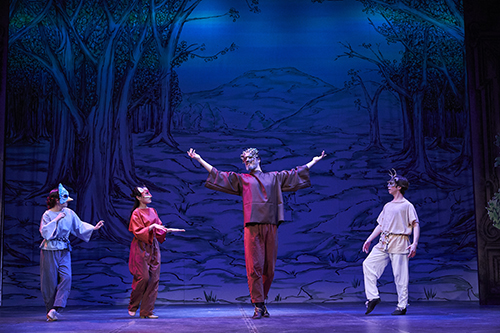
The delightful joint production by CIM Opera Theater and Case Western Reserve Baroque Ensembles featured smart staging by Ellen Hargis, imaginative choreography by Julie Andrijeski, and fastidious orchestral playing led by Harry Davidson — all of those elements historically informed. The performances celebrated the 50th anniversary of the joint Case-CIM music program.
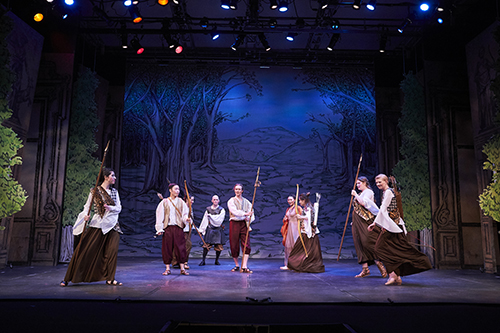
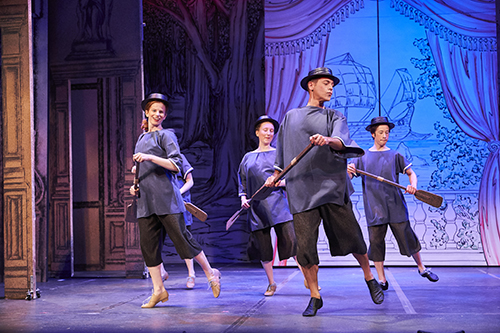
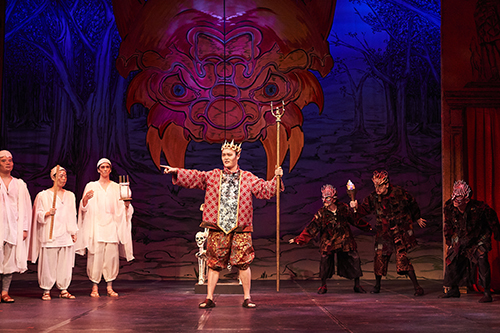
Oberlin: Poulenc’s Dialogues of the Carmelites
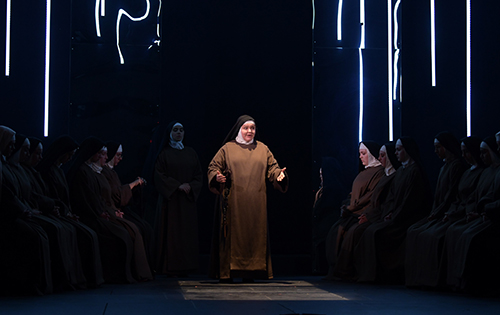
Director Jonathon Field, scenic designer Laura Carlson-Tarantowski, and lighting designer Jeremy K. Benjamin created an austere ambiance for the story of the nuns of Compiègne who perished under the blade of the guillotine for refusing to renounce their faith during the Terror of the French Revolution. Dangling streams of bright LED lights added garish highlights to the narrative.


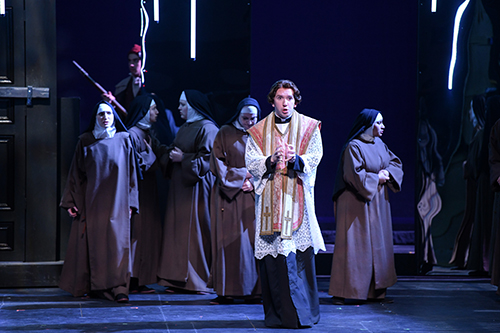

The fourth performance of the run was marred by a few technical glitches — more than once the curtain came down stranding a prop on the audience side, and at one point a curtain rail descended too far, revealing its rigging. Small stuff in an otherwise polished production.
Baldwin Wallace: Stravinsky’s The Rake’s Progress



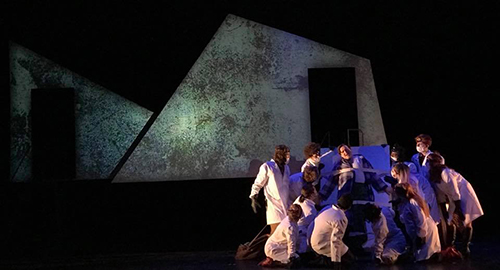
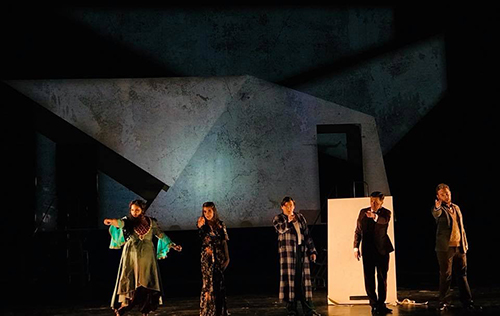
While Cleveland still lacks a full-time professional opera company, it’s good to see such satisfying productions being mounted by the area’s colleges and conservatories.
CWRU/CIM photos by Roger Mastroianni. Oberlin opera photos by Yevhen Gulenko.
Published on ClevelandClassical.com March 25, 2019.
Click here for a printable copy of this article



